Fantasia 2017, Day 13: Death Note: Light Up The New World
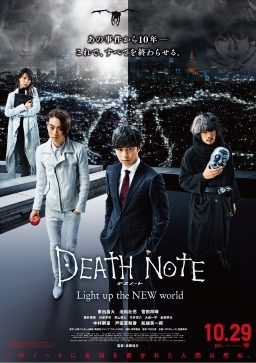 On Tuesday, July 25, I watched two movies at the Fantasia Film Festival. One was Atomic Blonde, which I’ve already written about. Right before that, though, I was able to see Death Note: Light Up the New World (Death Note – Desu nôto: Light Up the New World), the latest installment in the live-action Japanese Death Note film series. The movies are of course based on the best-selling manga by writer Tsugumi Ohba and artist Takeshi Obata; three movies have preceded this one, 2006’s Death Note and Death Note: The Last Name along with spin-off Death Note: L Change the World in 2008. There have been anime adaptations, light novels, TV mini-series, and, infamously, a Netflix remake. I cannot claim to be familiar with the source material of the Death Note franchise, but I found myself curious about the film and decided to see how this movie worked as an introduction to the story.
On Tuesday, July 25, I watched two movies at the Fantasia Film Festival. One was Atomic Blonde, which I’ve already written about. Right before that, though, I was able to see Death Note: Light Up the New World (Death Note – Desu nôto: Light Up the New World), the latest installment in the live-action Japanese Death Note film series. The movies are of course based on the best-selling manga by writer Tsugumi Ohba and artist Takeshi Obata; three movies have preceded this one, 2006’s Death Note and Death Note: The Last Name along with spin-off Death Note: L Change the World in 2008. There have been anime adaptations, light novels, TV mini-series, and, infamously, a Netflix remake. I cannot claim to be familiar with the source material of the Death Note franchise, but I found myself curious about the film and decided to see how this movie worked as an introduction to the story.
Light Up the New World is the first Death Note film directed by Shinsuke Sato, who helmed the wonderful adaptations of the Library Wars novels. You can see a similar visual sensibility in the lighting and sets, a near-future feel that helps make the fantastic aspects of the story more credible — precisely because the story isn’t grounded in everyday realism, it’s easier to believe. The movie starts with a quick introduction: the lord of death sent a notebook into the world that commands a Reaper, an angel of death named Ryuk (voiced by Shidô Nakamura); Ryuk would kill anyone whose name was written in the book. Pleased with the results of this ploy, Death now sends six books into the world, and awaits results. Which come to a boil some time later, as the movie begins.
There’s a prologue in Russia, then a chase scene in Japan, following a woman running through a crowd scribing names and slaughtering people. This leads to a discussion of the current situation: years after the original Death Note, when a youth named Light Yagami (Tatsuya Fujiwara, reprising his role from the earlier movies) built a false identity as ‘Kira’ and drew a crowd of followers by killing powerful evildoers, someone claiming to be Kira is back at work. Is it really Yagami, returned from the dead, or is someone acting in his name? The Death Note Task Force is reconstituted, and the police set to work desperately trying to track down the new Kira.
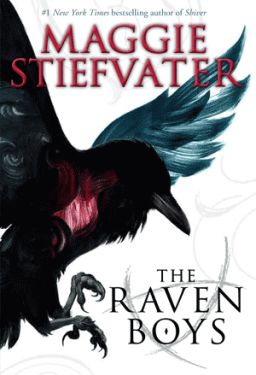


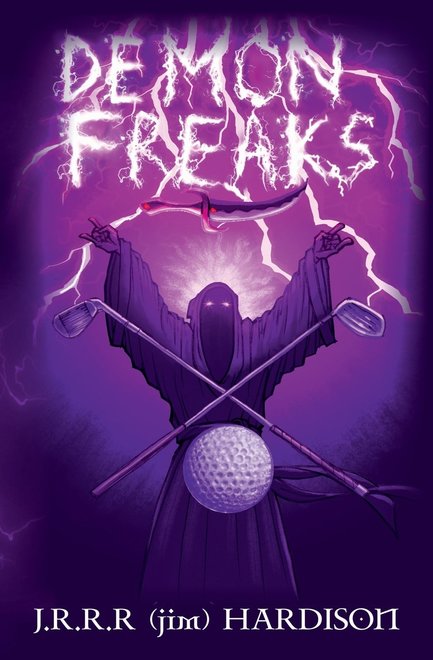
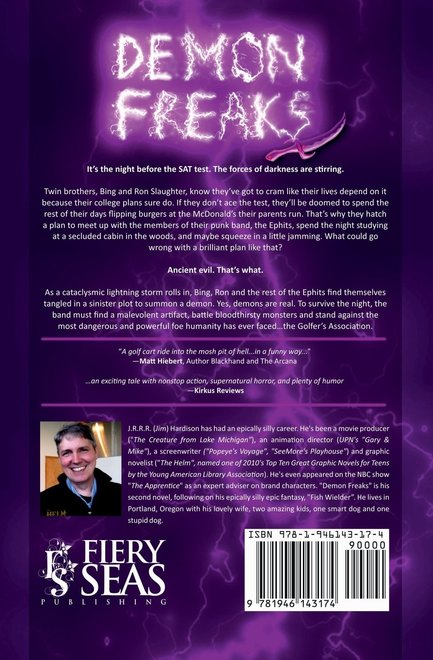
 I had two events on my Fantaisa Festival schedule for Monday, July 24. First, I planned to see a stop-motion film from Japan called Junk Head. Then, I’d go to see a presentation by author Grady Hendrix of his book Paperbacks From Hell, about the boom of horror paperbacks in the 70s and 80s. I’d end up speaking briefly with Hendrix after his presentation, which led to my interviewing him for Black Gate; you can see that interview
I had two events on my Fantaisa Festival schedule for Monday, July 24. First, I planned to see a stop-motion film from Japan called Junk Head. Then, I’d go to see a presentation by author Grady Hendrix of his book Paperbacks From Hell, about the boom of horror paperbacks in the 70s and 80s. I’d end up speaking briefly with Hendrix after his presentation, which led to my interviewing him for Black Gate; you can see that interview 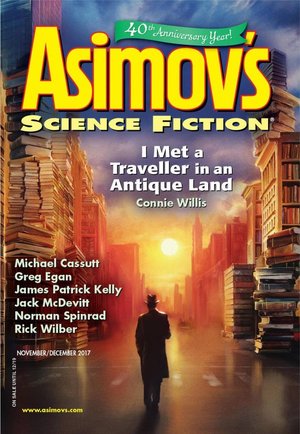

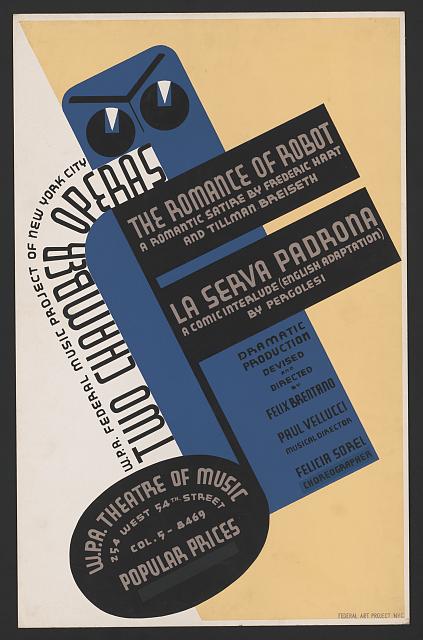
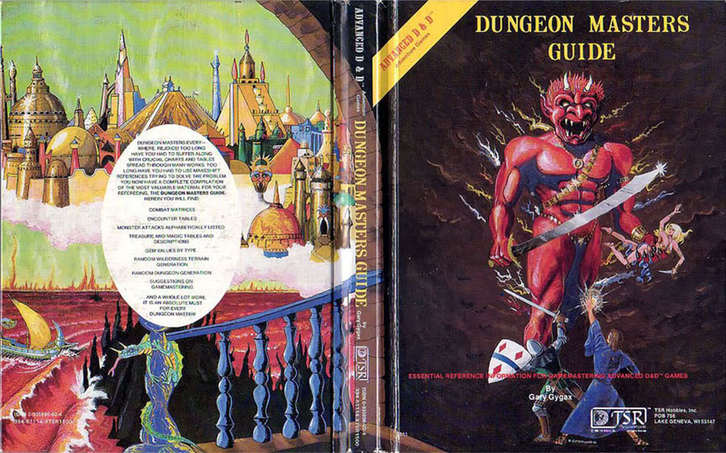
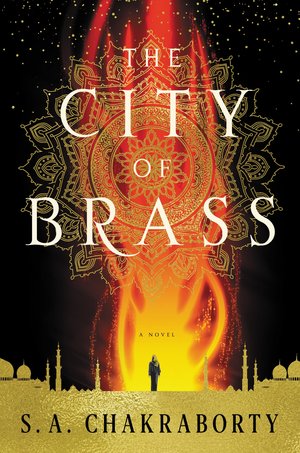
![a-wizard-s-henchman-hardcover-by-matthew-hughes-[3]-3997-p](https://www.blackgate.com/wp-content/uploads/2017/11/a-wizard-s-henchman-hardcover-by-matthew-hughes-3-3997-p-251x350.jpg)